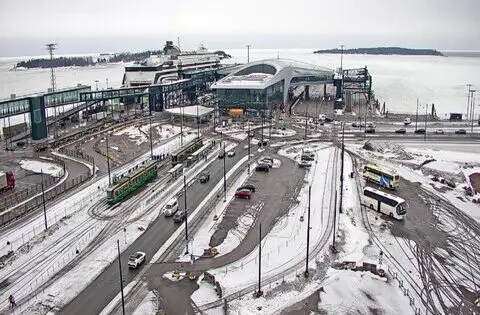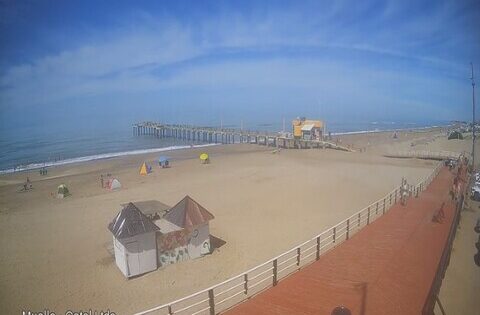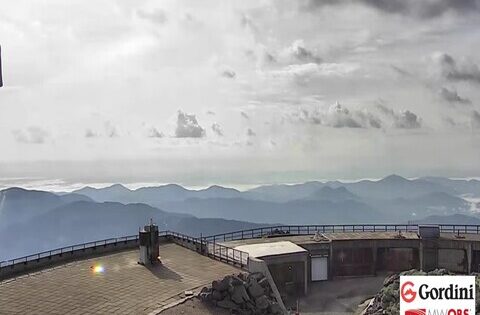Catastrophic Category 5 Storm Slams the Island
The island of Jamaica is now facing one of the worst natural disasters in its modern history, the powerful Hurricane Melissa has made landfall as a Category 5 hurricane, delivering sustained winds of up to 185 mph (295 kph). The storm struck near the southern coast and is sweeping diagonally across the island, from the parish of St Elizabeth Parish toward St Ann Parish, a path that intensifies the risk for devastation.
About the Location
Jamaica, a Caribbean island nation known for its lush landscapes, vibrant culture and rich history, now stands in the direct line of one of the most powerful storms ever recorded in the Atlantic basin. Historically, Jamaica has weathered hurricanes before, but none of the magnitude of Melissa, which has already been declared the strongest ever to strike the island.
With mountainous terrain, dense vegetation and coastal communities perched near sea level, Jamaica’s geography makes it especially vulnerable to high winds, storm surge and flash floods. The southern coast where Melissa made landfall is home to many smaller towns, agricultural lands and infrastructure that may face severe damage. Local authorities had issued widespread warnings and evacuations ahead of the storm – but the scale of Melissa’s power exceeded expectations.
Weather & Season Insight
This season’s conditions have been particularly conducive to rapid intensification of tropical systems: unusually warm sea‐surface temperatures in the Caribbean, weak steering currents and favourable upper‐atmosphere conditions allowed Melissa to balloon in strength.
The storm is expected to linger over and near Jamaica for an extended period because of its slow forward motion — intensifying the threat of rainfall totals exceeding 40 inches (1,000 mm) in some parts and a life-threatening storm surge up to 4 metres.
The combination of high winds, torrential rain and storm-surge means this is not simply a wind event but a multi-hazard catastrophe. The mountainous internal terrain further increases the risk of landslides and flooding in rivers and gulleys.
FAQ
Q1: What made Hurricane Melissa so dangerous?
A1: Melissa intensified rapidly and reached Category 5 strength with sustained winds up to roughly 185 mph. It also is moving slowly, prolonging its impact, and the meteorological conditions (warm sea surface, weak shear) allowed it to reach historic intensity.
Q2: Where did Melissa make landfall in Jamaica?
A2: The storm made landfall near the south-western coast of Jamaica, in the vicinity of the parish of St Elizabeth, with the eye crossing or skirting the island en-route to the north-east.
Q3: What are the main threats from the storm?
A3: The main threats are extreme winds capable of “total structural failure” of buildings, life-threatening storm surge up to 4 metres in coastal areas, torrential rainfall causing floods and landslides (especially in mountainous terrain), and long-lasting power, water and communications outages.
Q4: How is climate change playing a role?
A4: Experts point to unusually warm Caribbean sea-surface temperatures and slow storm movement as factors in Melissa’s extreme strength. These conditions are consistent with broader trends in a warming climate, which allow hurricanes to intensify faster and stay stronger for longer.
Q5: How should people plan travel now or help afterward?
A5: For travelers: avoid scheduling trips to Jamaica until official communications confirm normalcy has returned. For those who wish to help: consider supporting disaster-relief organisations, donate to reputable charities assisting Jamaica and monitor official updates for when tourist infrastructure reopens.



